This guide to intermittent fasting will explain why it's beneficial and how to start for beginners or how to take it to the next level if you're advanced. You may be surprised at just how easy it can be without even feeling hungry!
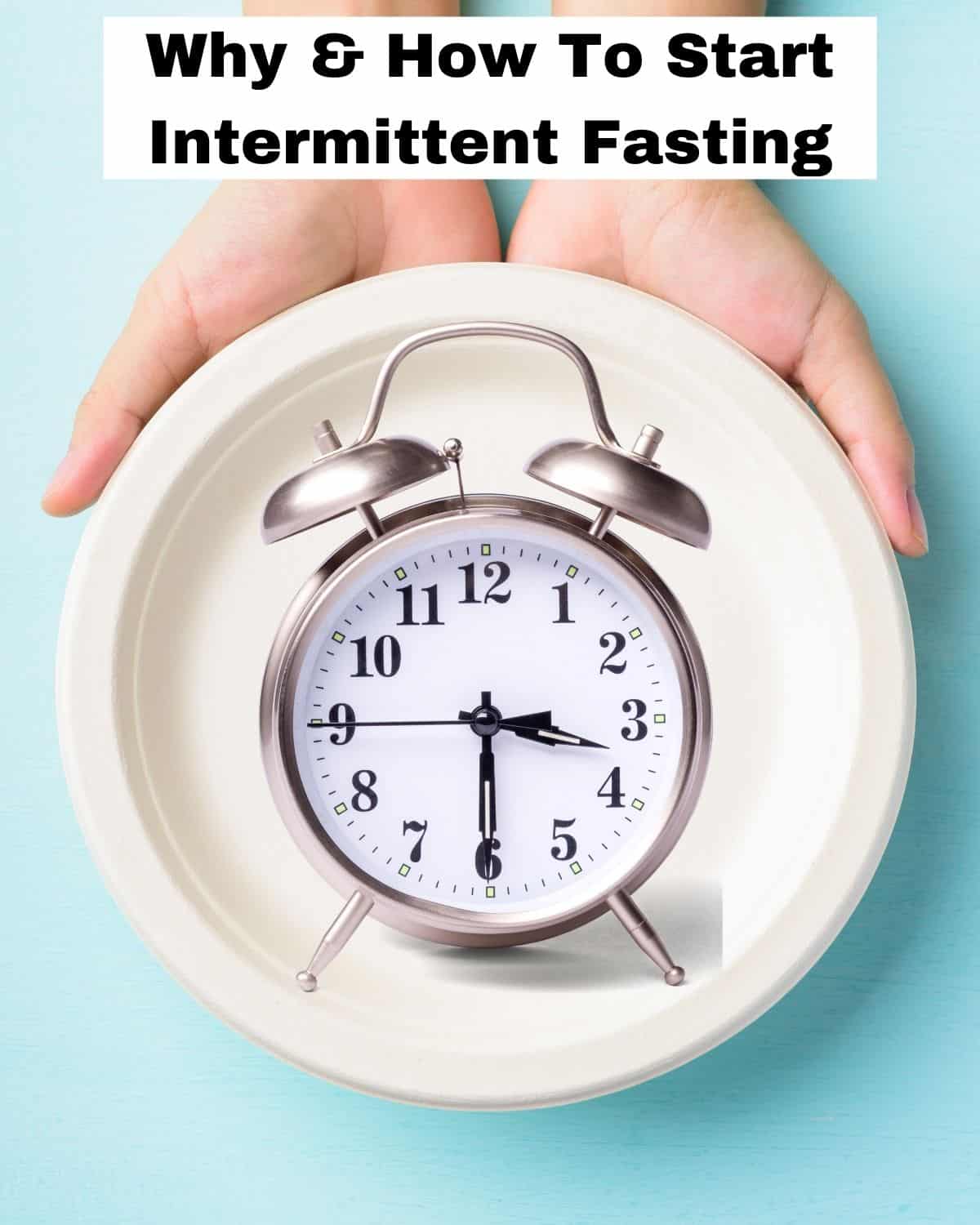
All of this information came from my Keto & Intermittent Fasting Coaching Course from Dr.Berg. This is for informational purposes only and is not intended to serve as a substitute for the consultation, diagnosis, and/or medical treatment of a qualified healthcare provider.
What is intermittent fasting?
Intermittent fasting simply refers to an eating pattern that cycles between periods of fasting (not eating) and periods of eating.
Benefits
There are 2 huge benefits of fasting.
- It triggers autophagy, which causes your cells to go into a self-cleaning mode.
- It spikes growth hormone.
During autophagy, your body will start to recycle old, damaged cells and will even start recycling cells to use as fuel. It will also clean out pathogens, such as viruses, fungus, mold, bacteria, and candida.
Basically, your cells get a total remodel - which helps support the immune system, brain, and heart!
You also spike human growth hormone by up to 2000% in men and up to 1300% in women, so it's the ultimate in anti-aging!
Fasting can help support a stubborn metabolism, thyroid issues, blood sugar irregularities, hormone issues, and more!
Download now!
How to start
The best way to start intermittent fasting is by simply cutting out snacks and only eating 3 meals a day - that's it!
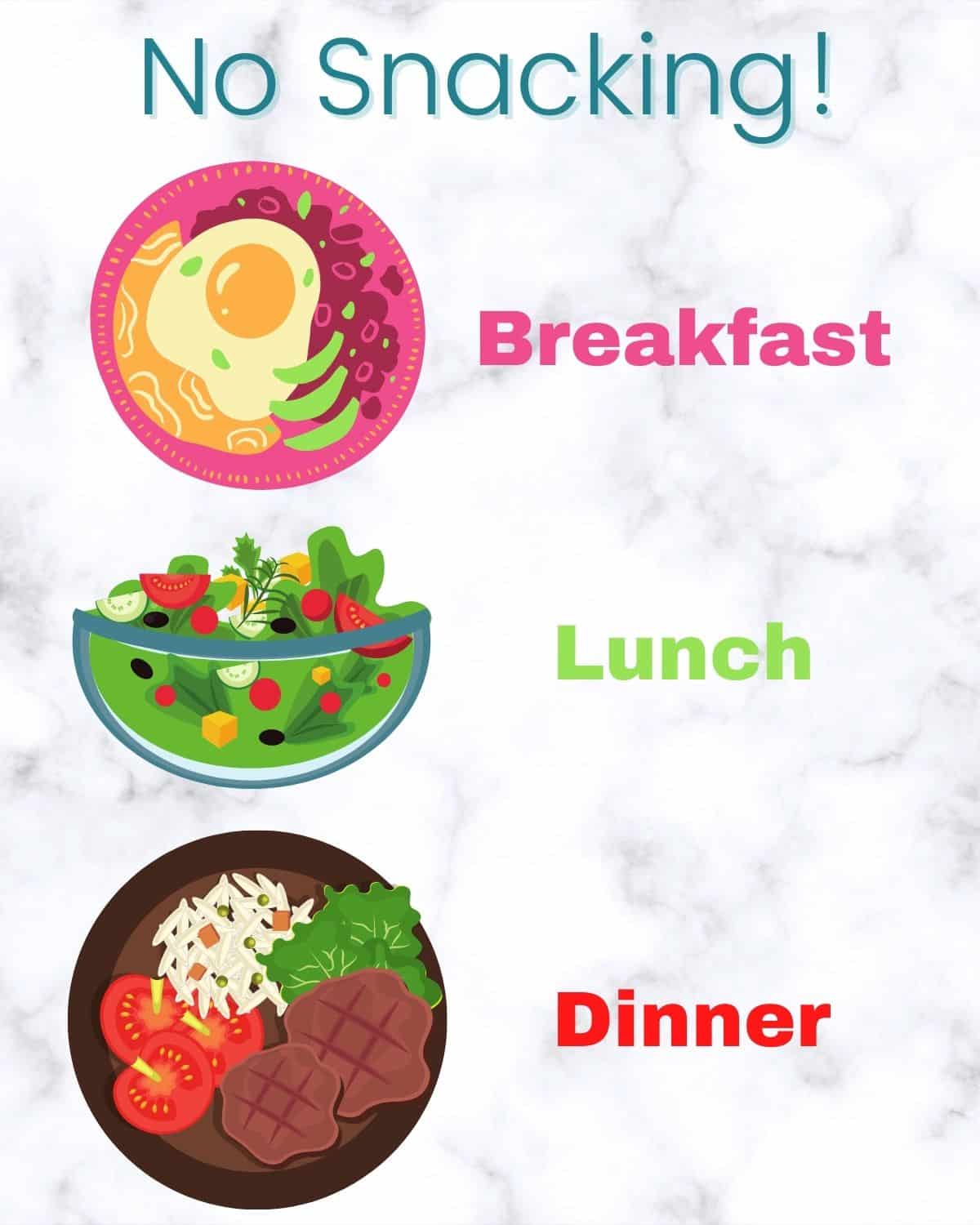
When intermittent fasting, be sure you are also following a low-carb, keto diet. It can help support insulin resistance and issues with low blood sugar. If you're not in ketosis when you start intermittent fasting, you will be starving!!!
However, if you're still a little hungry between meals, simply increase your fat intake to keep you full and stabilize your blood sugar until the next meal.
Apple cider vinegar and lemon juice in water along with increasing your veggies (because of the potassium) will also help. The potassium can help support insulin resistance and will help you to go longer between meals without eating.
After you're in the groove
Once you eat breakfast, you break your fast.
So after you're in the groove of doing 3 keto meals a day with no snacking (typically 2 to 3 weeks), try to wait an extra hour before eating breakfast.
Then, gradually and at your own pace, keep pushing breakfast back until you no longer need breakfast and you're only eating 2 meals a day.
So say you eat dinner at 6 pm then eat lunch at noon, that's an 18 hour fast with a 6-hour eating window - that's awesome!
Autophagy usually starts setting in after around 18 hours, so an 18-hour fast or more is the ultimate goal!
Then, if you want to take your fasting to the next level, start pushing lunch back and dinner earlier, shortening your eating window.
Eventually, you can go down to eating only one meal a day. However, most people generally do two meals a day.
Or if you prefer, just listen to your body and only eat when you're hungry! You could have 3 meals one day, 1 meal the next, then back to 3!
Once you're keto-adapted and used to fasting, your body will do a good job at letting you know when you are hungry.
What about calories?
Some people worry that if they start fasting, their calories will drop too low.
One thing fasting is not, is a reduced-calorie or starvation diet! When fasting, each time you cut out a meal, you need to increase the size of your other meals.
However, if you go down to 1 meal a day, it's very difficult to consume an entire day of food at one meal because it's just too much for your body to handle at once.
But the cool thing is, that when you do intermittent fasting, the fewer meals you consume, your need for nutrients starts to go down. This is because your body conserves things and recycles nutrients, including proteins and amino fatty acids, when fasting.
Simply put, when you fast you simply don't need as much food!
Allowed liquids when fasting
Any liquids that don't trigger insulin are allowed when fasting.
So you'll need to avoid carbs and protein (except protein in extremely small amounts, such as in bone broth). Some pure fat is allowed, such as butter or MCT oil in a bulletproof coffee.
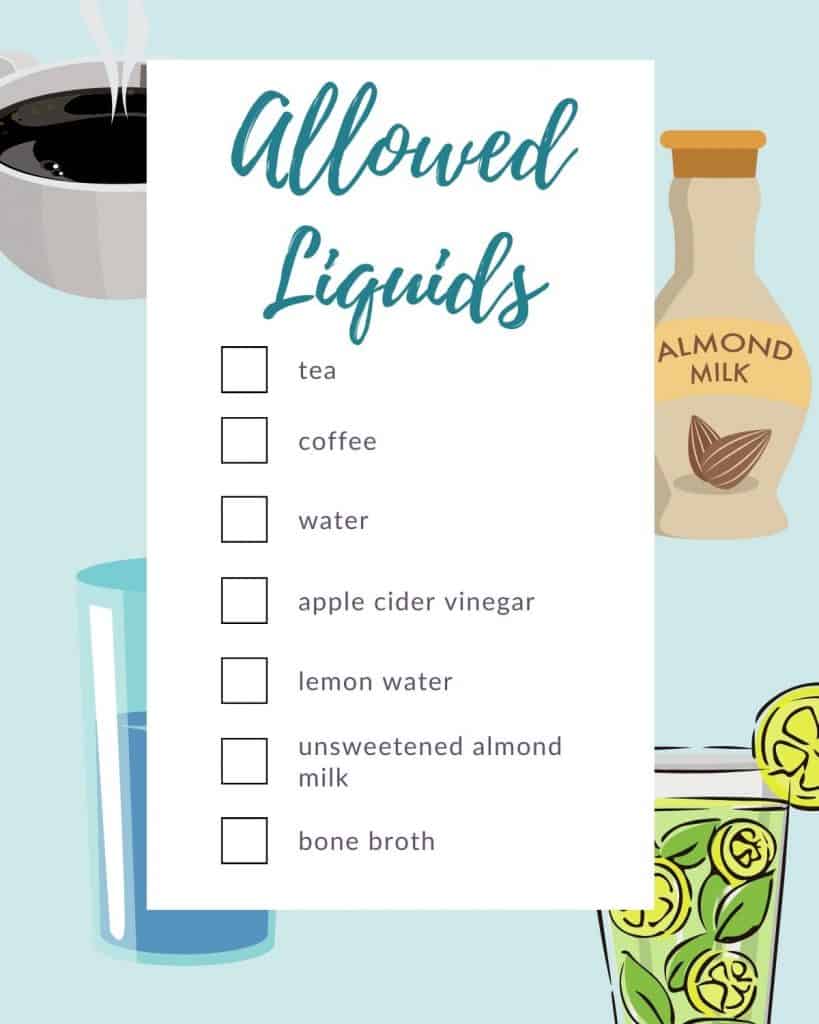
Allowed Liquids:
- bone broth
- tea
- water
- apple cider vinegar
- unsweetened almond milk
- coffee (no more than 1 cup, in some people it can trigger a slight blood sugar spike due to the caffeine affecting the adrenals)
- erythritol, monk fruit, stevia, and other natural sweeteners in drinks
- unsweetened almond milk in small amounts
- lemon water
Liquids Not Allowed:
- artificial sweetners such as aspartame
- alcohol (even if it's sugar free, it will kick you out of ketosis for 48 to 72 hours and negatively effects the liver)
- coconut water (has a lot of hidden sugar)
- cows milk (is high in sugar)
- high fructose corn syrup
- fruit juice, extremly high in sugar!
Side effects
If you are fasting and recycling a lot of microbes, it's rare, but you can end up with what's called keto rash. However, it actually comes from autophagy when intermittent fasting.
This happens because as your body is 'cleaning house', it can stir up a lot of dust and cause an immune reaction.
If this happens, you can take some bentonite clay on an empty stomach throughout the day to help counter the effect of the histamines. You can also increase the number of vegetables you are eating.
Summary
Intermittent fasting simply refers to periods of not eating, but some liquids are allowed. It triggers autophagy (when your body repairs itself) and produces human growth hormone.
Fasting is best done in conjunction with a keto diet to keep you from being hungry and regulate blood sugar.
The easiest way to start is by eating 3 low-carb meals a day with no snacking. After you are accustomed to eating only 3 meals a day, you gradually push breakfast later and later until you are down to 2 meals a day.
Then eventually, you may want to go down to 1 meal a day if you are a fasting expert!


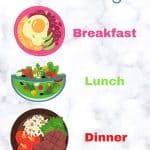
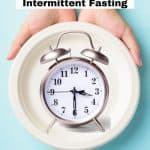
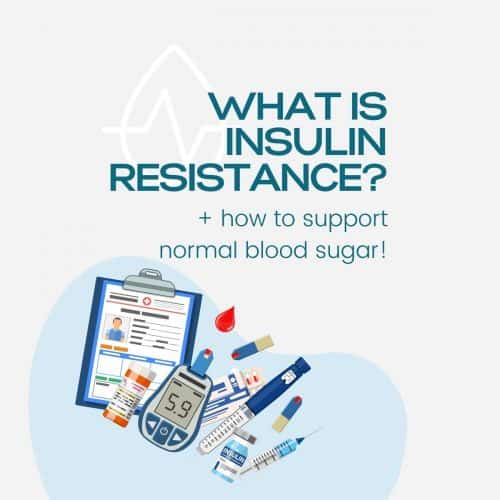
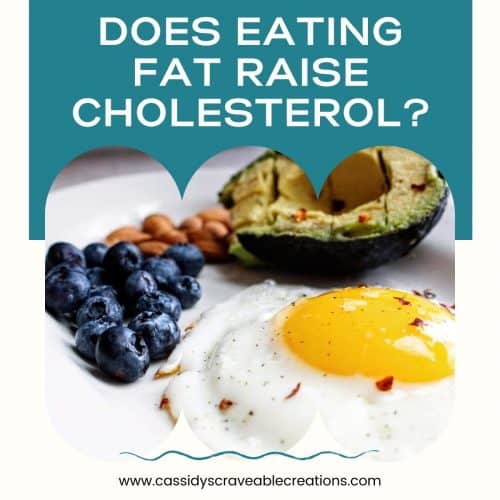
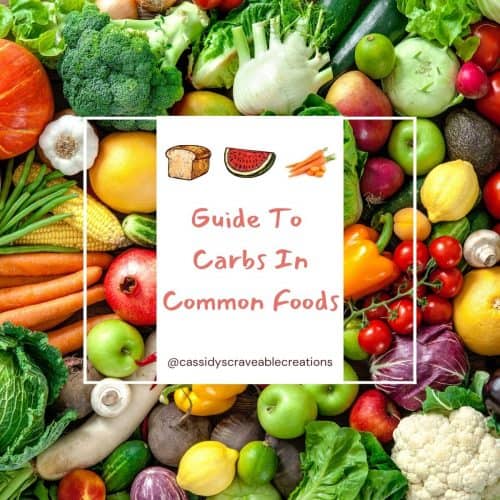
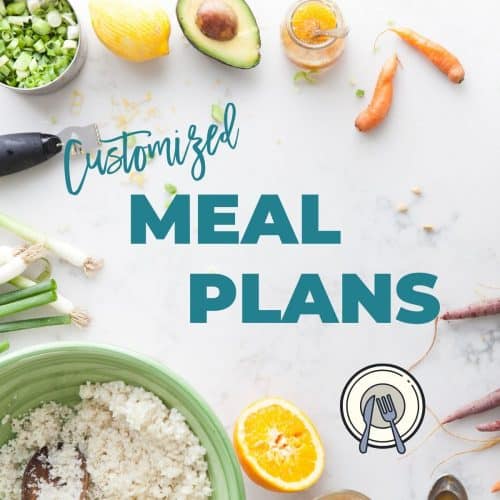
Comments
No Comments